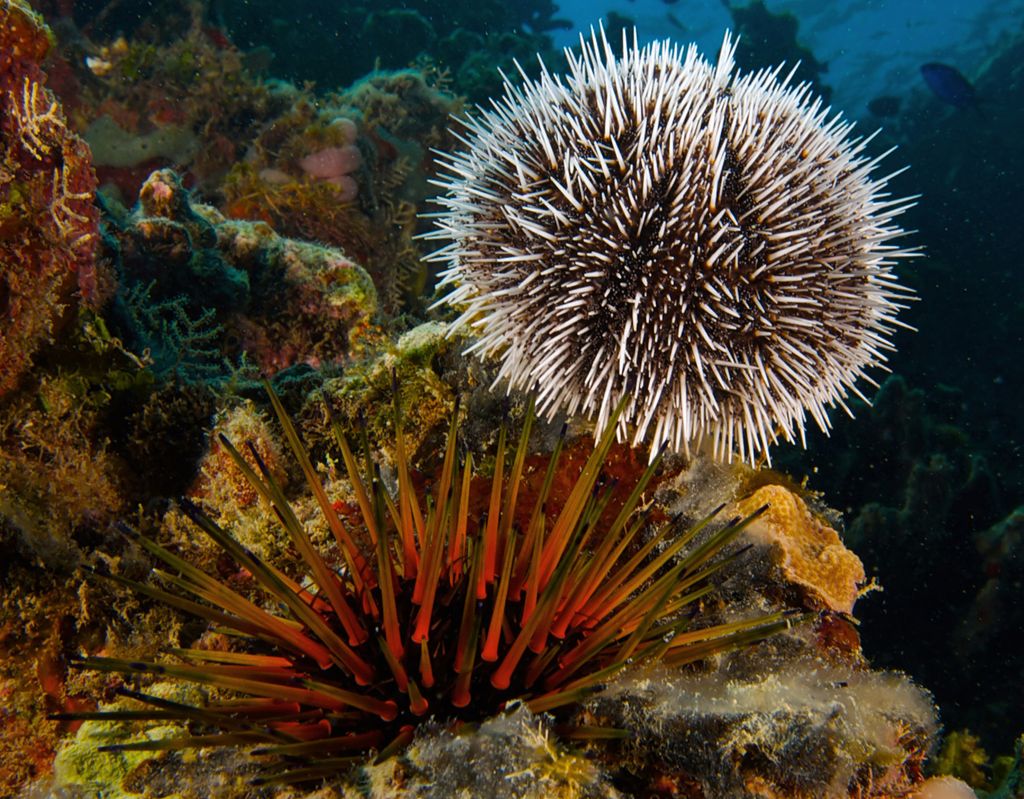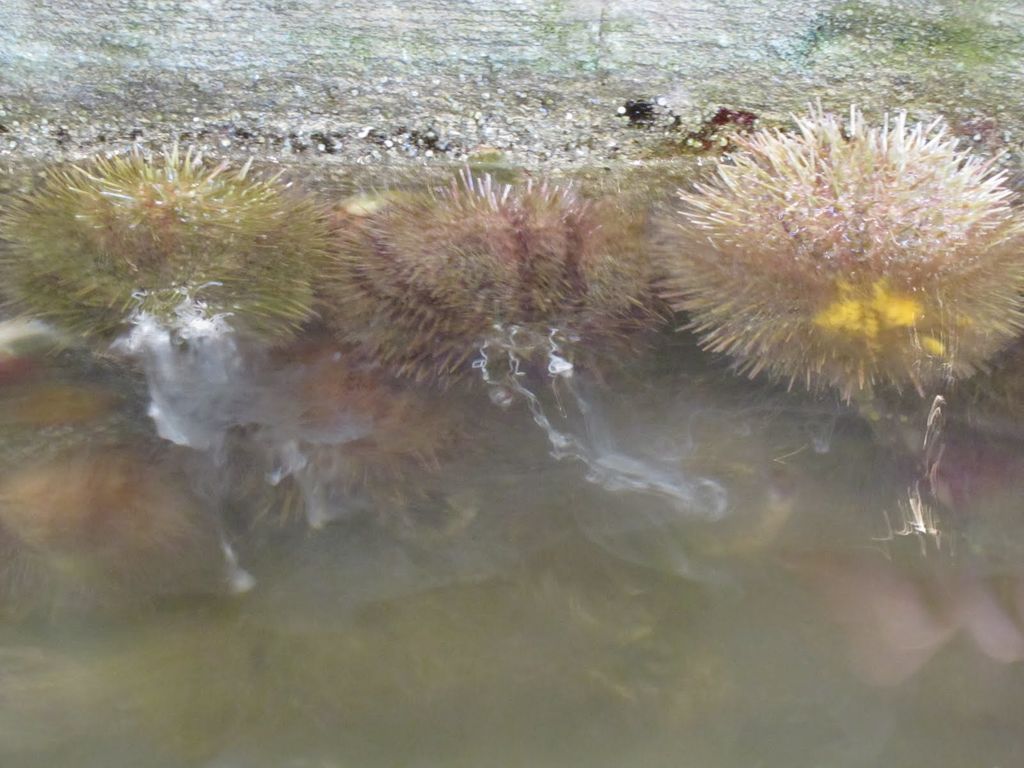Reproduction Of Sea Urchins : An In-Vitro Journey
May 31, 2019 • 109 views
It’s not easy to beget babies! Especially when it comes to an organism which looks nothing more than a round spiny ball!
Ok let’s bring the suspense to an end… We are talking about an interesting echinoderm i.e. Sea Urchin. Sea urchins are marine invertebrates that live on the rocky sea floor. They are found in shallow sea water as well as the deepest ends of the oceans. These invertebrates are hard shelled, globular and spiny in structure. Their odd physical shape can make any man wonder about its reproductive system. So, let’s have a look at it!

Fig- Sea Urchin
Sea urchins are dioecious animals. This means that the male and female sexes are separate. However, it is pretty difficult to differentiate between the two easily. But the twist lies here!
Sea urchins are external fertilizers.
They do not carry out internal fertilization. This is done by the males who release their sperms in water that gives a cue to the female to release millions of tiny, jelly-coated eggs. The eggs and sperms collide with each other and fertilization may take place.
The gonad is the only organ in sea urchins that is capable of storing nutrients and so it is both the primary organ for reproduction as well as for nutrient storage (the gut has a little storage capacity). This means that sea urchin reproduction and nutrient storage are very closely linked.
Sea urchins are mass spawners and spawn together which may be due to the presence of certain components in the water like growth of plankton. In order to make sure maximum gonads undergo fertilization, sea urchins undergo mass spawning. Only 10% to 40% of the total gonads released are actually fertilized.

Fig-Spawning Urchins!
A single female Arabacia releases about 4 million eggs, while the male releases about 100 million spermatozoa, during a single spawning!!
A successful fertilisation depends largely on coordinated timing in the release of gametes and water conditions at that time.
Sperm Attractants have been found in Sea Urchin, which are Species-Specific. Sperms are attracted towards their own species by Chemotaxis i.e. following a gradient of chemical, secreted by an egg. Resact is one such chemotaxis that has been isolated from the egg jelly of Arabacia punctulata!
The first sperm reaching the egg has to penetrate its jelly coat. The minute it makes contact with the egg surface, the acrosomal process begins. On completion of the acrosomal process, the sperm's plasma membrane fuses with the egg. A few more reactions take place with the egg and then the nucleus of the sperm is released into the egg. A fertilization cone is produced by the egg that surrounds the nucleus and pulls it in.

Once fertilization is complete, the fertilized egg begins to divide and multiply rapidly.The first organ to be formed on the larvae is the anus and then comes the mouth. After about a week, it forms a rudimentary skeleton with two long arms that help push food inside the mouth. In a month's time, the larvae begins to sink to the ocean floor. It buries itself in the sand and undergoes a full-fledged metamorphosis. It begins to appear like an adult sea urchin and will continue to grow for a few years. After about 5 years, it achieves sexual maturity and will start undergoing reproduction.
It’s not easy to beget babies! Proved.
